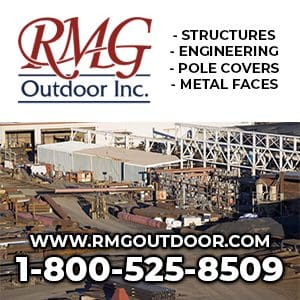 By Jim Poage, Formetco Safety Director
By Jim Poage, Formetco Safety Director
On November 19, 2018, OSHA will require all fixed ladders that exceed 24 feet to have some type of fall protection. The Subpart D Standard states that ladders installed prior to this release date must have either a personal fall arrest system, a ladder safety system, a cage, or a well as spelled out in the OSHA standard 1910.28 (b)(9)(i)(A). Fixed ladders manufactured after this date must have either a personal fall arrest system installed or a ladder safety system in place, with cages and wells excluded as acceptable ladder fall protection. If a fixed ladder is repaired, or replaced, it must then have either a personal fall arrest system installed, or a ladder safety system used if any part of the climb is 24 feet or greater. Cages or wells can no longer be used as fall protection.
There are some points to be aware of concerning this directive. In several places in the Summary and Explanation of the Final Rule, OSHA makes statements like ladder cages and wells are not ladder safety systems, cages and wells neither prevent workers from falling off ladders nor protect them from injury when a fall occurs, ladder cages and wells may result in severe injury or fatality and increase the severity of fall injuries, and that cages and wells are an outdated technology that do not provide adequate fall protection for workers climbing ladders. While OSHA allows a phase out of cages and wells until 2036, it is interesting to note that they do not recognize them as acceptable for fall protection.
 Also, on November 19, 2018 the Qualified Climber allowance of the Gannett Variance is no more. Free climbing fixed ladders over 24 feet will not be allowed and some form of fixed ladder fall protection will be required for all climbs over 24 feet.
Also, on November 19, 2018 the Qualified Climber allowance of the Gannett Variance is no more. Free climbing fixed ladders over 24 feet will not be allowed and some form of fixed ladder fall protection will be required for all climbs over 24 feet.
As a reminder, May 17, 2017 was the deadline for employers to train employees on fall and equipment hazards according to CFR 1910.30 (a) and (b) which addresses Fall Hazards and Equipment Hazards. OSHA specifies:
- Employers must ensure that climbers are trained by a qualified person
- Must be trained in the nature of fall hazards and how to recognize them
- Must be trained in how to minimize those hazards
- Must be trained in how to install inspect operate maintain and disassemble fall protection systems that the employees expected to use
- Must be trained in the correct use of fall protection systems including but not limited to proper hookup, anchoring, tie off techniques, methods of equipment inspection, equipment storage, and other topics is specified by the manufacturer of the safety equipment
Training must be made up of:
- Formal classroom training or apprentice on-the-job training
- Performance observations to evaluate the necessary skills and proficiency to climb fixed ladders safely
- Must be completed before employer may allow or assign workers to climb
- Must be completed by a qualified person
This training must also include tenured climbers regardless of experience. OSHA went as far as to say “Even those employees with years of experience working at elevated or other surfaces may lack training on fall protection, information about specific fall hazards, or needed equipment for preventing or limiting the impact of falls.”
[wpforms id=”9787″]
Paid Advertisement

















